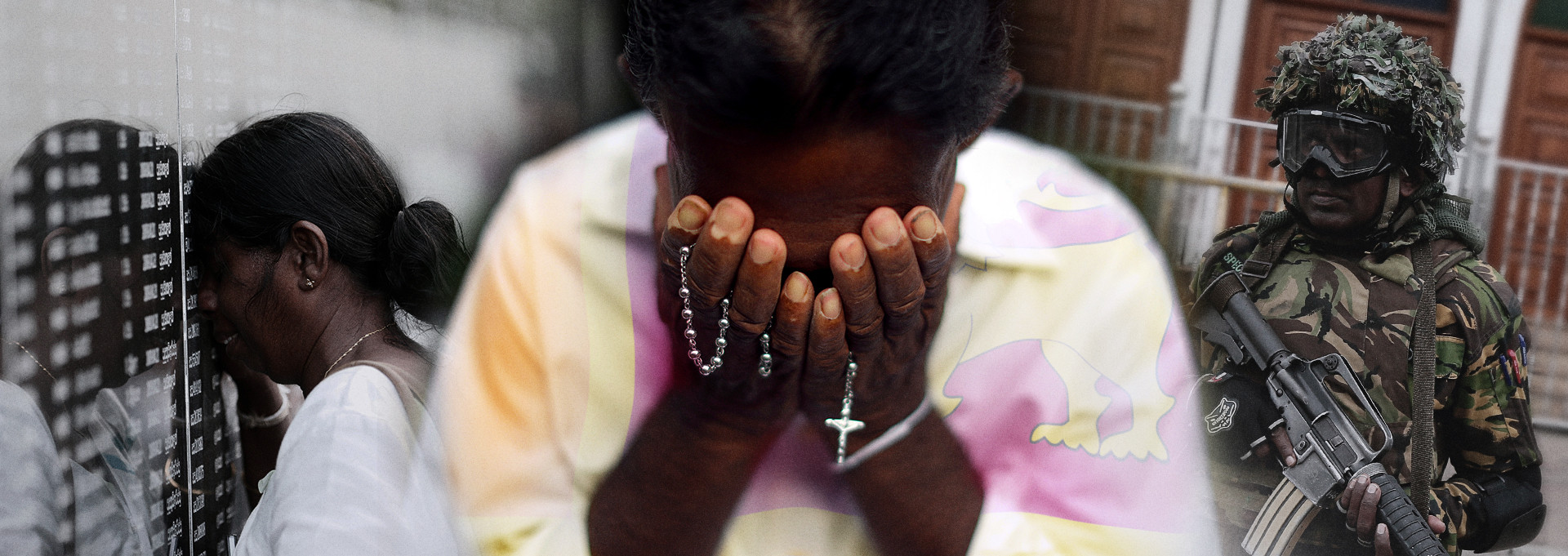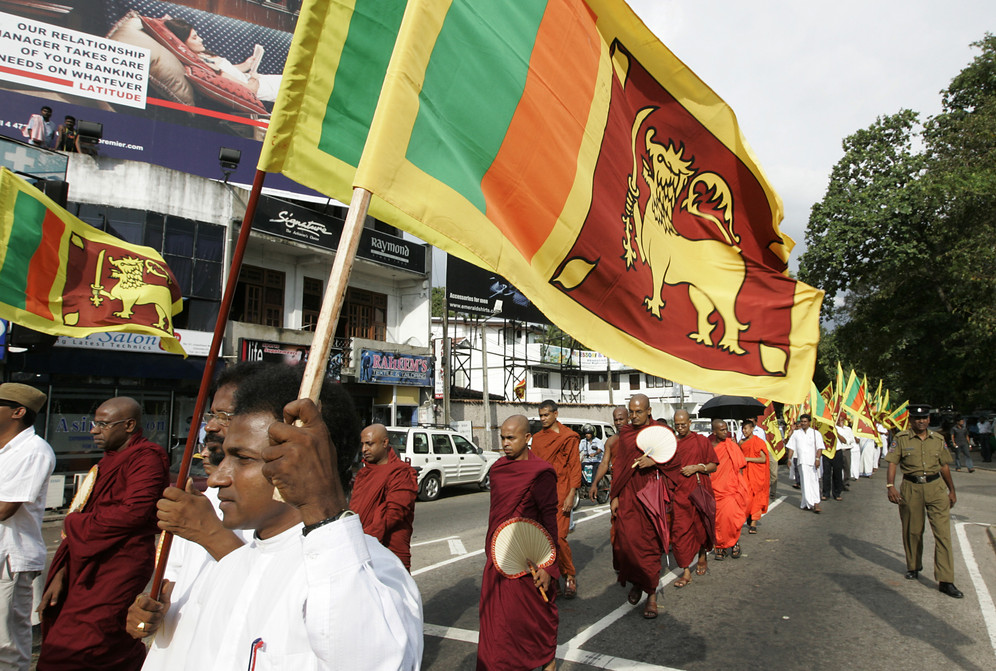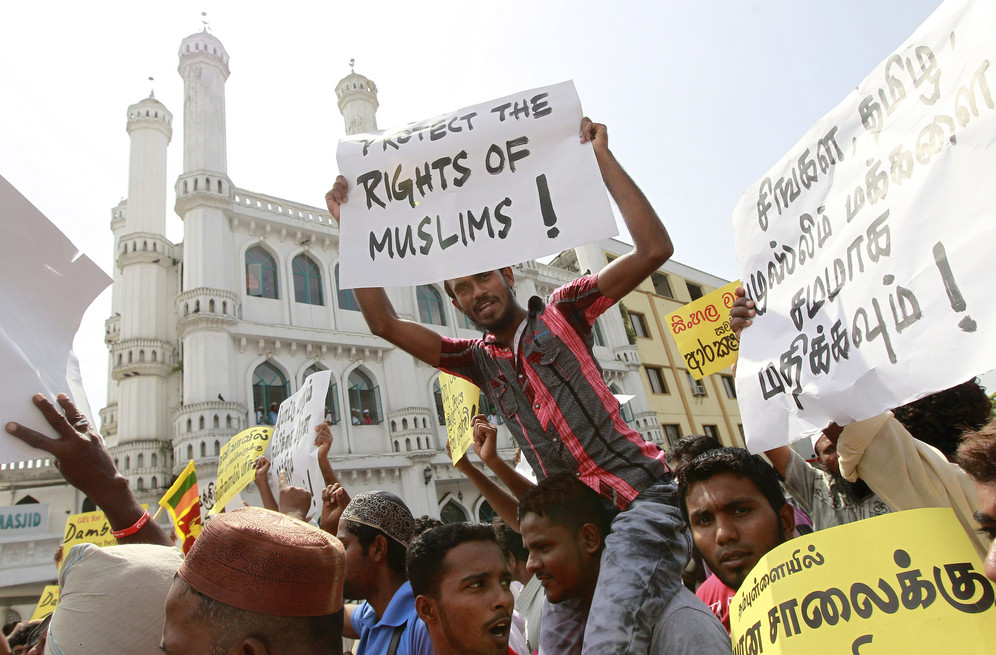Sri Lanka: History of violence and sectarian tensions

A string of coordinated explosions ripped through Christian churches and luxury hotels in cities around Sri Lanka on Easter Sunday, killing over 200 people and injuring hundreds more. The attacks sent shockwaves across the island, evoking painful memories of the long civil war fought along ethnic and religious lines. RTD examines the historical context to help you better understand the atrocities and what they may herald for the fragile peace.
Multi-ethnic, multi-religious
The tropical island in the Indian Ocean is mainly inhabited by the Sinhalese, who make up around 75 percent of the population.
Most of them practice Buddhism and occupy the southern and western regions.
Tamils are the most significant Hindu minority that makes up 11 percent. Tamils are split into two different groups. Ceylon Tamils, who are native to the South Asian island, and Indian Tamils, who were brought from India in the 19th and 20th century by the British as workers on tea plantations. Tamils live in the north and parts of the eastern coast.
Sri Lanka’s Christians, targeted in the carnage, include both Sinhalese and Tamil ethnic groups. The Muslim minority identifies itself as a separate ethnicity, known as Moors. Christians and Muslims are spread across the country.
Roots of divide
After gaining independence in 1948, the Sinhalese-controlled government set about systematically alienating Tamils: disenfranchising Tamil migrant workers, making Sinhala the official language and Buddhism the primary religion.
Tamil Tigers
In the 1970s, an armed guerrilla group called the Liberation Tigers of Tamil Eelam (LTTE) emerged. Led by Velupillai Prabhakaran, the rebels sought an independent Tamil state in the north and east of Sri Lanka, where the Tamil population concentrated. Insurgents first struck in 1983, unleashing a brutal war that dragged on for nearly three decades.

The group has gained notoriety for its gruesome methods, including suicide bombings, high-level assassinations, use of child soldiers, and abductions. Tamil Tigers are also attributed with the invention of suicide belt and the first use of women in suicide attacks.
Peace, hard-won
The civil war finally ended in 2009 after the government forces drove out the rebels from their stronghold and killed their leader, Prabhakaran. As many as 100,000 civilians are believed to have died in the conflict. Although the fighting was over, the intercommunal split has continued to grow with nationalist rhetoric gathering pace and with the Muslim minority coming under attack this time.
Radical Buddhists
Sinhalese Buddhist nationalist movements like Bodu Bala Sena (BBS), also known as Buddhist Power Force, appeared on the political stage in 2012, stirring up hate speech and hostility toward other groups, particularly Muslims.

"This country belongs to the Sinhalese, and it is the Sinhalese who built up its civilisation, culture and settlements,” exclaimed the firebrand monk Galaboda Aththe Gnanasara Thero who leads the BBS. From calls to boycott halal meat to vandalism against mosques, hardline monks increasingly targeted Islam which they claimed posed a threat to Buddhist identity. Mounting tensions between Buddhists and Muslims spilled into sporadic violence, including mob attacks and riots.
State of emergency
In 2018, a nationwide state of emergency was imposed for the first time since the civil war. A road rage incident in the central district of Kandy in which a group of Muslim men was accused of killing a Buddhist led to a new surge of anti-Muslim violence, with clashes and arson attacks on Muslim-owned businesses and homes taking place.

Easter bombings
The April 21 bombings against Sri Lanka’s Christians who hadn’t been targeted on such a devastating scale before have added a new dimension to the communal conflicts in the country. While motives behind the attacks remain unknown, emotions already run high and risk to grow into more religious violence.
Sri Lanka’s authorities pinned the blame on Islamist extremists from the little-known National Thowheeth Jama’ath (NTJ), alleging they received help from outside. Muslim leaders who say they warned the government about the NJT over the years have condemned the Easter carnage.
However, many in the community are growing wary that the anti-Muslim mood will ratchet up and reprisals will follow. "We are living in constant fear because if someone sees us wearing the skull cap, they will perceive us to be their enemies," vice-president of the Muslim Council of Sri Lanka, Hilmy Ahamed, said.